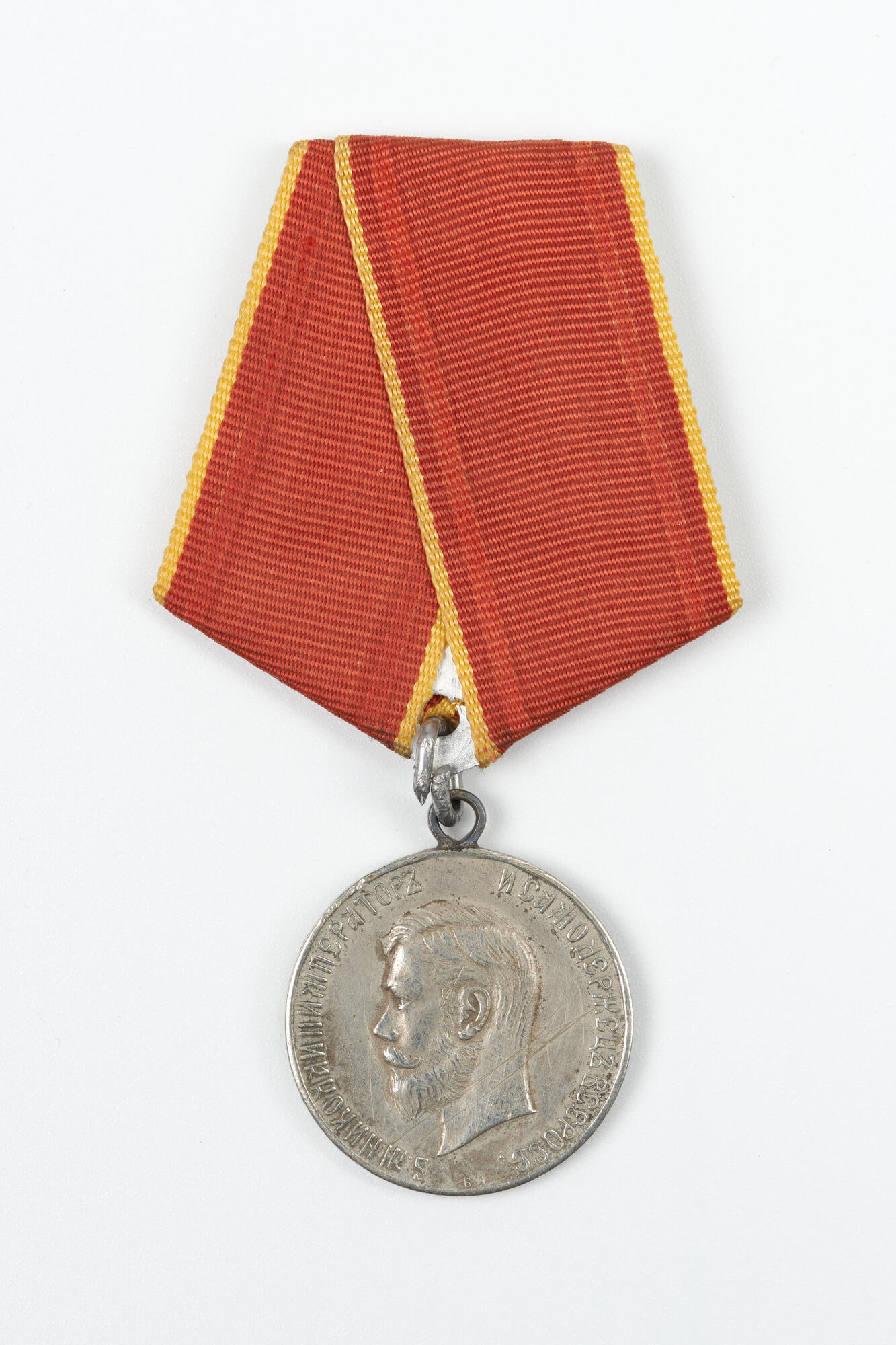The appearance of medals in Russia is associated with the development of coinage: the manufacturing technologies of these items are similar. At the end of the 17th — beginning of the 18th century, small coins minted on flattened pieces of silver wire were in wide circulation in the country. A horseman (a Knyaz) with a spear was depicted on them — that is why they were called copecks (kopeika — derived from the Russian word for a spear ‘kopyo’). The large round coin was decorated on both sides — obverse and reverse, as well as the on the side edge (sometimes called the third side).
Along with the round coins, medals were also minted. One of the first to appear was a soldier’s award badge for participation in the Battle of Poltava under Peter I. It was released at the Moscow Mint in Kadashevskaya sloboda. Medals for soldiers and officers were used to maintain the morale of the army during the Great Northern War. From 1700 to 1721, the Swedish Kingdom fought with the states of northern Europe and the Tsardom of Russia for the supremacy in the Baltic Sea. As a result, after the defeat, Sweden lost the status of a great power, and Russia won access to the Baltic Sea and established a regular army and navy.
Back then, the Moscow Mint was led by a Russian master, a steel carver Fyodor Alekseev. One of the documents of the Admiralty Board reads:
Along with the round coins, medals were also minted. One of the first to appear was a soldier’s award badge for participation in the Battle of Poltava under Peter I. It was released at the Moscow Mint in Kadashevskaya sloboda. Medals for soldiers and officers were used to maintain the morale of the army during the Great Northern War. From 1700 to 1721, the Swedish Kingdom fought with the states of northern Europe and the Tsardom of Russia for the supremacy in the Baltic Sea. As a result, after the defeat, Sweden lost the status of a great power, and Russia won access to the Baltic Sea and established a regular army and navy.
Back then, the Moscow Mint was led by a Russian master, a steel carver Fyodor Alekseev. One of the documents of the Admiralty Board reads:



